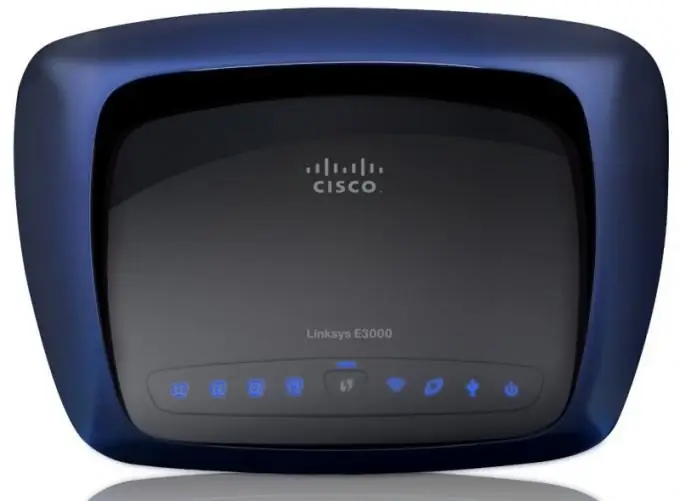A router is a network device that allows you to connect multiple computers to a network and share the Internet. In essence, it is a virtual server that assigns an IP address to each of the computers. And for external programs and sites, it looks like the same user opens several different pages. DHCP in a router is a special protocol (rule) that regulates the connection.

Instructions
Step 1
Launch any browser. In the address bar, enter the following characters: 192.168.0.1 is the default address for a network device. In this case, the network cable must be connected to the network card of your computer on one side and to the router on the other side. If the connection is active, that is, the computer “sees” the router, a request for a password and username will appear in the browser window. This is usually admin in both fields. When you enter, click OK. The main page of the router settings will appear on the screen.
Step 2
If the standard password is not accepted and you see a message about this, try looking for the password and login in the documentation for the router. Another option: find on the back of the network device a small hole labeled Reset and press the button inside with a long thin object. This will reset all settings to factory defaults and the standard password can be used.
Step 3
Find a link to the LAN or Network Settings section. The name may differ for different manufacturers, but one of the network options is necessarily mentioned. Select the section with the mouse pointer and find a submenu through which you can enable DHCP on the router. It can be DHCP service or DHCP settings.
Step 4
Check the box next to Enable DHCP server. Below you will see two fields in which you need to enter valid IP addresses for your network, for example 192.168.0.1 - 192.168.0.3. This is useful in order to limit the number of Internet users. Only two addresses can be specified in a wireless router, for example, for your laptop and your mobile phone. This will be the easiest connection protection.
Step 5
Find the field labeled Default Gateway or Gateway Address. Specify the address for the network gateway, that is, the ip-address that will be the "gateway" to the Internet for all your computers. Usually it matches the address of the router, that is, 192.168.0.1.
Step 6
Click the Save button at the bottom of the page, and then click the adjacent Save / Reboot button. This will reboot the router and the changes will take effect.






